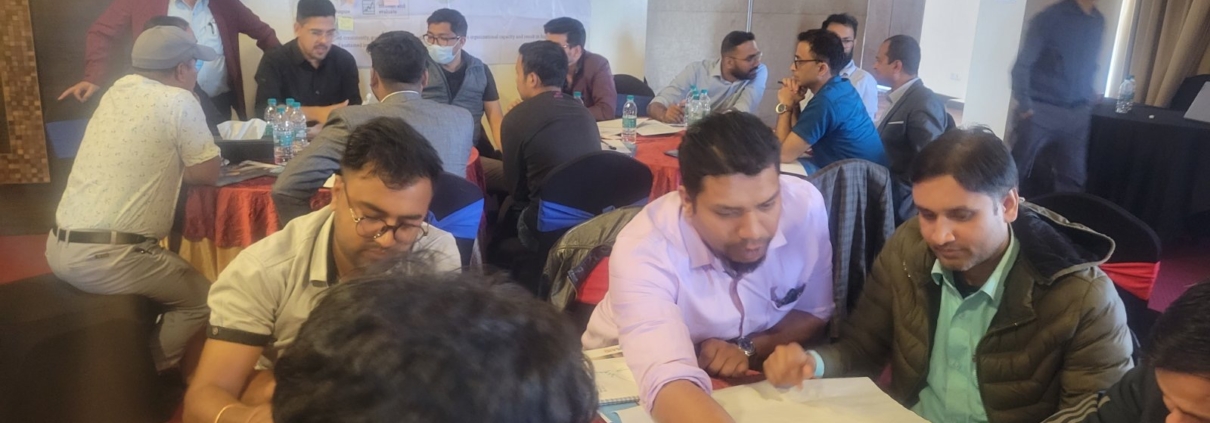Strategic Planning and Project Assessment
The process of producing a long-term, policy-oriented plan known as strategic planning aims to specifically outline an agency’s or governmental unit’s mission, goals, measurable targets, and performance methods. It also relates the present to a clearer picture of the future. It involves a multi-year outlook-based evaluation of an agency’s performance and achievements. It also offers a strong foundation for prioritization-based resource allocations and choices made through a decision-making process that pays close attention to an agency’s capabilities and surroundings. In other words, it’s “what an organization hopes to accomplish and, secondly, how leadership within an organization will direct or utilize its resources to accomplish its goals.”
This definition requires that decisions be made about:
1) The vision, mission, or goals an organization will follow;
2) Whom an organization (client, customer, stakeholder, etc.) will serve;
3) An organization’s position and responsibility within the community;
4) The types (and quality) of services and/or products to be offered;
5) The resources required to be successful and thrive (staff, equipment, facilities, etc.);
6) The best combination of above items 2 – 5 to achieve an organizational vision, including its mission and goals.
The process of figuring out what an organization wants to be in the future and how it will get there is called developing a strategic plan. It entails making key decisions about the organization’s future, including decisions on the mission, objectives, plans, services, or goods that will be offered to carry out this mission, the use of resources, etc. It is a bottom-up technique that involves participation.
Planning can be developed by using various approaches. Based on the different approaches, the process as well as the way how the final planning document is prepared and presented may be different. Some of the major approaches of Planning are:
Participatory Rural Appraisal (PRA)
PRA is an assessment and learning process that empowers practitioners/people to create the information base they need for participatory planning and action. It helps to empower people by engaging local residents in the processes of identifying issues, implementing solutions, and monitoring evaluation.
Logical Framework Approaches/ZOPP/PCM
The Logical Framework Approach (LFA) is a highly effective strategic planning and project management methodology with wide application. It is used in the planning and evaluation and helps to encourage participatory planning and analysis with a series of stakeholder workshops.
Appreciative Inquiry
Appreciative Inquiry(AI) is a powerful approach of collaborative learning and organizational development. AI fosters an atmosphere of possibilities by focusing on strengths rather than flaws, restoring interest and enthusiasm to the organization.
Technology of Participation
The Technology of Participation (ToP) is integrated, practical facilitation methods and tools for advancing energized, productive, inclusive, and meaningful group participation. It is versatile in powerful techniques for structuring effective group conversations, building strategies, and finding group consensus for effective transformation.


